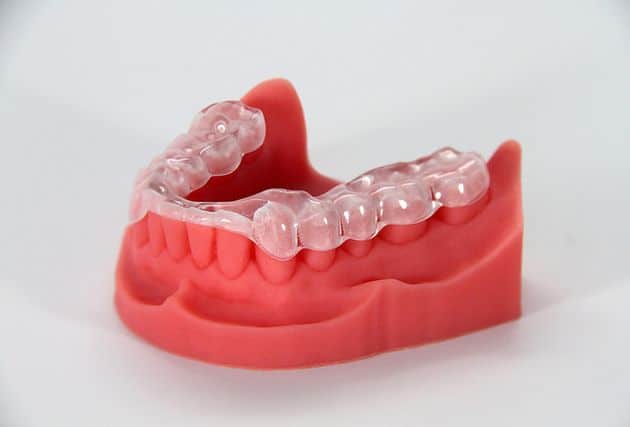Over the past twenty years, it is no doubt that society has undergone extensive technological advancements within almost every industry- and the dental industry is no exception. An extremely helpful tool that cosmetic dentists, oral surgeons, orthodontists and pretty much any professional within the field can benefit from is three-dimensional printing. Growth and improvements in 3D printing have made it an important tool for digital dentistry moving forward.
Working entirely automatically, the printer creates a model over a period of a couple of hours by turning a 3D drawing into lots of two-dimensional, cross-sectional layers. Instead of using ink, which would never build up too much volume, the printer deposits layers of molten plastic or powder and fuses them together (and to the existing structure) with adhesive or ultraviolet light.
In dentistry, this technology is used as the better, more efficient alternative for dental moulds, which are negative imprints of hard and soft tissues in the mouth from which a positive model can be formed.

A better fit
Traditional moulds via a direct impression have long been thought of as the most accurate method to create plastic retainers, braces, and mouth guards. Alginate, an elastic, irreversible hydrocolloid impression material is most commonly used to create these moulds.
But moulds have drawbacks. If a patient gags while the mould is drying, for example, ripples can form, and the resulting device may not fit perfectly. A lot of patients may not be comfortable with the feeling or the taste of the Alginate, which is known to have an unpleasant taste to it.
Three-dimensional printers use digital scans to create the model data, eliminating the potential for ripples and improving patient comfort. Given the greater accuracy, devices created by three-dimensional printers are likely to result in a better fit.
Save time and space
Digital scans are very time efficient. They only take a few minutes as opposed to the traditional mould which can take more than twenty minutes because the impressions for the top and the bottom teeth are done one at a time, and they must be left to set and dry.
Physical moulds also take up a lot of space. These moulds are stored for several years after they are created, for each patient… Digital impressions, on the other hand, are stored in the cloud and don’t take up any room in a storage closet. Now think about all the space you could save! If you’re in St. Catharines or in the Niagara area and are interested in 3D printing for your mould contact us today and book your appointment!